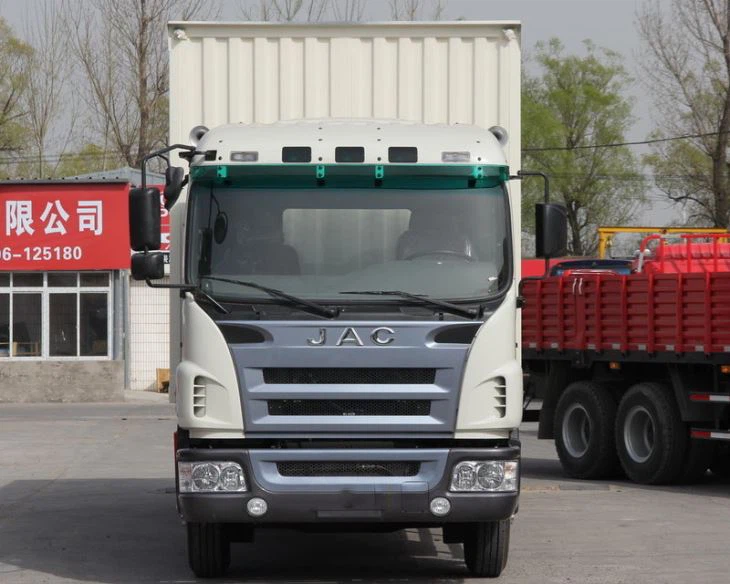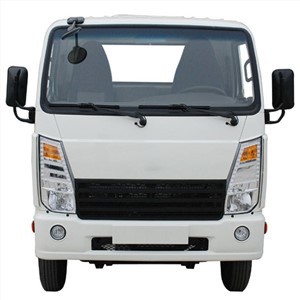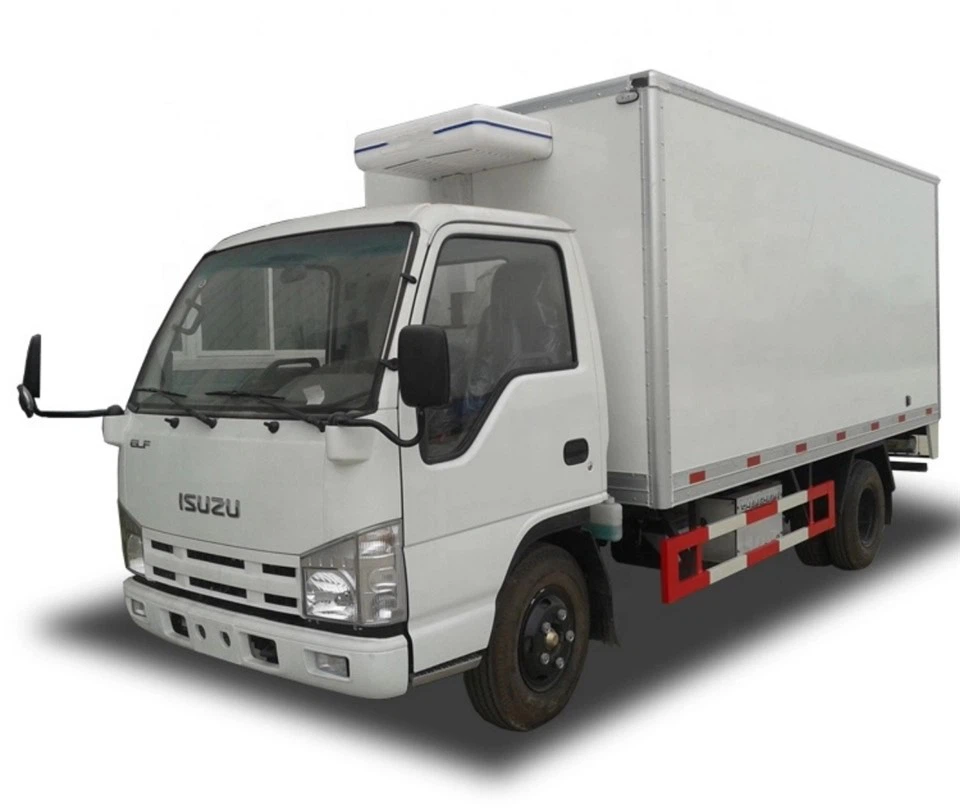Understanding Side Loader Waste Trucks: Efficient Waste Management Solutions

Introduction
In today’s growing urban landscapes, effective waste management is crucial for sustainability and public health. One key player in the waste collection industry is the side loader waste truck. This specialized vehicle offers innovative solutions for faster, more efficient waste disposal with minimal labor involvement. In this comprehensive guide, we will delve into the design, functionality, advantages, and practical applications of side loader waste trucks, while also exploring best practices for their operation and maintenance.
What is a Side Loader Waste Truck?
A side loader waste truck is a vehicle specifically designed to collect and transport waste materials, featuring a unique side-loading mechanism. Unlike traditional rear loaders, which require the driver to reverse and maneuver to collect waste, side loaders utilize hydraulic arms to lift refuse containers directly from the side of the truck.
How Side Loader Waste Trucks Work
These trucks are equipped with a mechanical arm that extends out to grab waste containers, lift them onto the truck, and then empty them into the truck’s compaction chamber. The process can often be completed without the driver needing to leave their seat, allowing for quicker and more efficient operations.
Design Features of Side Loader Waste Trucks
- Compaction System: Side loaders are designed with robust compaction systems that compress the waste to maximize space.
- Camera Systems: Many modern side loaders are equipped with cameras to assist drivers in maneuvering and ensuring safety during collection.
- Ergonomic Controls: The controls are designed for ease-of-use, allowing the driver to operate the truck’s functions smoothly.
The Advantages of Side Loader Waste Trucks
1. Increased Efficiency
One of the primary benefits of side loader trucks is increased operational efficiency. The ability to load waste without reversing minimizes the time spent at each stop, leading to quicker routes and less fuel consumption.
2. Safety Improvements
Side loaders enhance safety for both drivers and pedestrians. Since the loading operates from the side, drivers do not need to maneuver in reverse, thus reducing the risk of accidents.
3. Labor Reduction
Side loader trucks require fewer workers to operate compared to traditional systems, as the mechanical arms do most of the heavy lifting. This leads to a reduction in labor costs and increases productivity.
4. Versatility
These trucks can handle a variety of waste types, including residential, commercial, and industrial waste, making them ideal for diverse settings.
5. Compact Design

The compact design allows side loaders to navigate tight spaces in urban environments, making them effective in residential areas with narrow streets.
Types of Side Loader Waste Trucks
1. Automated Side Loaders
Automated side loaders utilize robotic arms to handle the waste collection process. A controller inside the cabin operates the arms, ensuring efficiency and safety.
2. Semi-Automated Side Loaders
Semi-automated loaders require an operator to assist with some manual handling but still benefit from hydraulic assistance for lifting and emptying containers.
3. Manual Side Loaders
Though less common, manual side loaders rely on human power for waste collection and are primarily used in smaller or more remote locations.
Choosing the Right Side Loader Waste Truck
When considering the procurement of a side loader waste truck, several factors should be taken into account:
1. Vehicle Size and Capacity
The size of the truck should suit the volume of waste generated in the service area. Larger vehicles may be necessary for high-density urban locations.
2. Waste Types
Different trucks handle different waste types. Ensure the model chosen can efficiently handle the specific waste your operation will encounter.
3. Budget Considerations
The initial purchase price is just one aspect. Consider potential maintenance costs, operational efficiency, and labor savings when evaluating options.
4. Environmental Impact
Look for models that offer environmentally friendly features, such as improved fuel efficiency and lower emissions.
Best Practices for Operating Side Loader Waste Trucks
1. Regular Maintenance
Routine checks and maintenance help keep vehicles in optimal condition. Regular inspections of the hydraulic systems, compaction systems, and cameras can prevent breakdowns and extend the life of the truck.
2. Training for Operators
Ensuring that all operators are well-trained in safe handling practices and mechanical operations is crucial for minimizing accidents and ensuring efficiency.
3. Route Optimization
Utilizing route optimization software can help in planning efficient waste collection routes, reducing travel time and fuel costs.
Practical Applications of Side Loader Waste Trucks
Residential Waste Collection
Side loader trucks are primarily used for residential waste collection due to their efficiency in urban settings. They easily navigate narrow streets and collect waste from curbside bins.
Commercial Waste Management
In commercial environments, side loaders handle larger waste bins and containers efficiently, benefiting businesses and municipalities alike.
Industrial Applications
These trucks also serve industrial locations where heavy-duty waste collection is required, often dealing with larger containers and more significant waste amounts.
Case Study: Successful Adaptation in a City
A city that adopted side loader waste trucks saw a 30% increase in efficiency in waste collection. By implementing automated side loaders, they reduced fuel costs, labor expenses, and improved their environmental impact overall.
Challenges and Considerations
1. Initial Cost
The upfront investment in side loader trucks can be significant; however, the long-term benefits often outweigh the costs.
2. Need for Specialized Training
Operators may require specialized training to handle side loaders, especially automated models, which could disrupt operational flow initially.
3. Limited Repairs and Parts
Finding replacement parts may be challenging for certain models, so it’s essential to choose reputable manufacturers with good support.
Future Trends in Side Loader Waste Trucks

1. Electric and Hybrid Models
With the push for green technology, many manufacturers are exploring electric and hybrid side loader options that reduce greenhouse gas emissions.
2. Advanced Automation
The future will likely see enhanced automation and AI technologies to further improve efficiency and safety in waste collection.
3. Data-Driven Management
Smart waste management will benefit from data analytics, enabling cities and companies to analyze collection routes and optimize performance continuously.
Frequently Asked Questions (FAQs)
1. What is the primary function of a side loader waste truck?
The primary function of a side loader waste truck is to collect and transport waste materials efficiently using a side-loading mechanism that reduces labor requirements.

2. How do side loader trucks improve safety compared to traditional waste trucks?
They improve safety by eliminating the need for the driver to reverse often, which reduces the risk of accidents and injuries.
3. Can side loader waste trucks handle different types of waste?
Yes, side loaders are versatile and can handle a range of waste types, including residential, commercial, and industrial waste.
4. What are the benefits of automated side loader trucks?
Automated side loaders offer increased efficiency, reduced labor costs, improved safety, and the ability to operate in congested urban environments.
5. How often should side loader waste trucks be maintained?
Regular maintenance should be conducted at least every few months, or as recommended by the manufacturer, to ensure optimal performance and longevity.
6. Are there environmentally friendly options for side loader waste trucks?
Yes, many manufacturers are developing electric and hybrid models that minimize emissions and improve energy efficiency.
